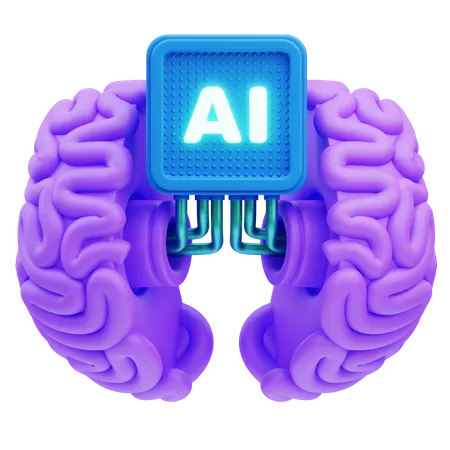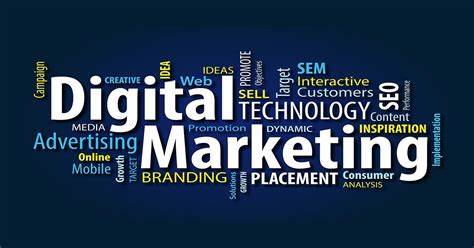Understanding what is Database Management (DBMS)?

What is a Database Management System (DBMS)?
A Database Management System (DBMS) is software that allows the creation, management, and administration of databases. It acts as a bridge between the raw data stored in databases and the end-users or applications that need to access that data.
A Database Management System (DBMS) is a crucial tool for businesses and organizations of all sizes. It simplifies data management, improves security, and ensures data integrity. Whether you choose an RDBMS, Hierarchical DBMS, or another model depends on your specific data requirements, scalability needs, and budget.
By selecting the right DBMS, you can ensure that your data is managed efficiently and securely, providing a solid foundation for business operations and decision-making.
4o
Key Features of a DBMS
- Data Storage and Retrieval: DBMS stores large amounts of structured data efficiently and enables users to retrieve this data as needed.
- Data Security: By providing authentication and authorization, DBMS ensures that only authorized users have access to the data.
- Backup and Recovery: DBMS helps in creating backups of data and provides mechanisms to recover data in case of failures.
- Data Integrity: It enforces data consistency and integrity by implementing constraints and rules.
Types of DBMS
There are several types of Database Management Systems depending on the way they manage data:
1. Hierarchical DBMS
A Hierarchical DBMS organizes data in a tree-like structure where a parent can have multiple children, but each child has only one parent. This system is ideal for applications with a defined structure and one-to-many relationships.
2. Network DBMS
In a Network DBMS, the data is stored in the form of a graph where multiple relationships between records are allowed. This model is suitable for more complex applications that require many-to-many relationships.
3. Relational DBMS (RDBMS)
A Relational DBMS (RDBMS) is the most commonly used DBMS, where data is stored in tables (relations). This system uses Structured Query Language (SQL) to manage data. Examples include MySQL, Oracle, and PostgreSQL.
4. Object-Oriented DBMS
An Object-Oriented DBMS stores data in objects, similar to object-oriented programming. This model is used when there is a need to store complex data types and relationships.
Benefits of Using a DBMS
Implementing a DBMS offers numerous advantages:
1. Improved Data Sharing and Accessibility
A DBMS allows multiple users to access the data simultaneously, ensuring data consistency and accuracy.
2. Enhanced Data Security
With features like access control, encryption, and user authentication, a DBMS provides robust data security.
3. Reduced Data Redundancy
By centralizing data storage, DBMS eliminates duplication and ensures that data is stored only once, reducing storage costs and enhancing efficiency.
4. Better Data Integrity
A DBMS ensures that the data remains accurate, consistent, and reliable through data validation and integrity constraints.
5. Easy Backup and Recovery
With built-in backup and recovery features, a DBMS ensures that data is safe even in the event of a system failure or crash.
Popular DBMS Software
Several DBMS solutions are available, each catering to different needs:
1. MySQL
MySQL is an open-source RDBMS widely used for web applications. It is known for its speed, flexibility, and support for large-scale applications.
2. Oracle DBMS
Oracle is a robust, scalable DBMS used by large organizations for enterprise applications. It offers a wide range of features, including support for SQL and PL/SQL.
3. Microsoft SQL Server
Microsoft SQL Server is a relational database management system designed for enterprise-level applications. It offers data warehousing and advanced analytics capabilities.
4. PostgreSQL
PostgreSQL is an advanced open-source RDBMS that supports both relational and non-relational queries. It is highly extensible and supports complex data structures.
How to Choose the Right DBMS
Choosing the right DBMS depends on several factors:
1. Data Complexity
For simple data management tasks, an RDBMS like MySQL may be sufficient. However, for more complex requirements, an Object-Oriented DBMS may be needed.
2. Scalability
If your business handles large volumes of data, choose a DBMS that can scale as needed, such as Oracle or Microsoft SQL Server.
3. Budget
Open-source solutions like MySQL and PostgreSQL are cost-effective and suitable for startups, whereas proprietary solutions like Oracle may be better suited for large enterprises with bigger budgets.
FAQs About DBMS
1. What is the difference between DBMS and RDBMS?
- DBMS is a general term for any system that manages databases, while RDBMS is a type of DBMS that specifically manages relational databases using tables and SQL.
2. Why is DBMS important?
DBMS is essential because it provides efficient data management, improved data security, reduced redundancy, and facilitates data sharing.
3. Can DBMS handle unstructured data?
Most traditional DBMS handle structured data. However, some systems, like NoSQL databases, are designed to handle unstructured or semi-structured data.
4. What are some common examples of DBMS?
Popular DBMS include MySQL, Oracle, Microsoft SQL Server, PostgreSQL, and MongoDB (for NoSQL databases).
5. Is cloud-based DBMS available?
Yes, cloud-based DBMS solutions like Amazon RDS, Google Cloud SQL, and Azure SQL Database offer scalable, managed database services.
Understanding what is Database Management (DBMS)? Read Post »



























